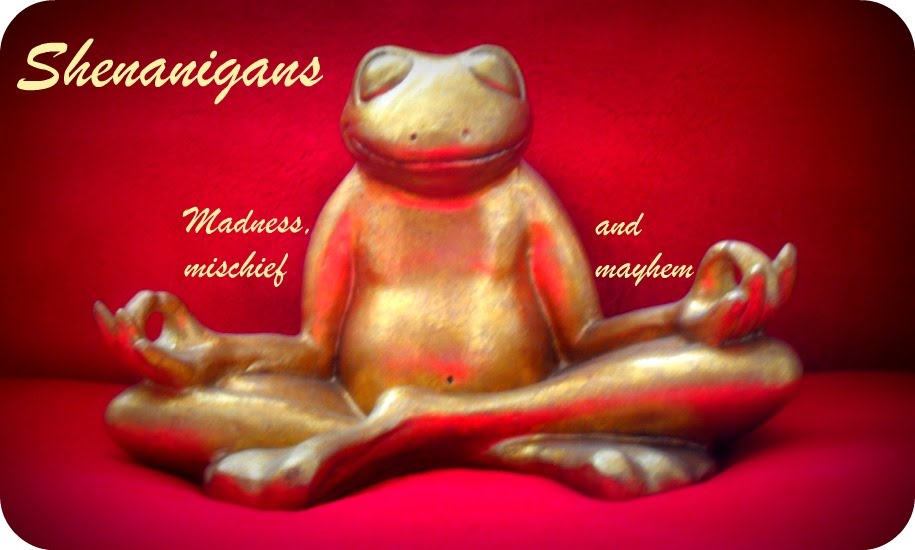But, things with Burda are not so simple. The directions are simple. They seem simple. They are simple if you have lots of sewing experience and know what you are doing. But that's ok, because I'm in a class. And my teacher, knows what she's doing.
So. What I was trying to avoid by avoiding collars and sleeves, was working with putting together two pieces of fabric that don't exactly fit. I find that annoying. However, I'm beginning to understand that it is necessary when making something stylish that has more shape than a potato sack. Curves seem to require this kind of finagling. And I have curves, baby.
So, what I've learned so far...the beauty of stay stitching. Yes it is a wondrous thing. I get it now. So, what you do is this. The two pieces that are supposed to get stitched together, but don't look like they could possibly work, will work if you stay stitch the shorter piece 1/2 inch in from the edge. Then, put the two pieces together, clipping into the allowance up to the stitched line as necessary. This kind of spreads the fabric, helping it to grow and adjust itself to fit the longer curved piece. Clip, clip, clip. Pin, pin, pin, and if you are lucky, you will only have to stitch once. Not so lucky, out comes the seam ripper. Rip, rip, rip. Pin, pin, pin. But when all is said and done, you've created a magical seam. You've made two pieces of differing lengths magically match up. You are a sewing Goddess!
Next. These simplistic instructions do not really explain what needs to be done so that this dress doesn't have raw, exposed edges. There's no facing. No bias strips. It's all in the lining. The lining does all the work and it's fabulous.










